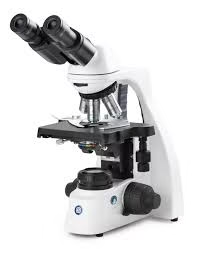
Introduction Carbohydrates play essential roles in biological structures and functions. Staining techniques are used to detect different carbohydrate classes, including neutral mucopolysaccharides, acid mucins, and glycogen. Special Stains for Read More …



